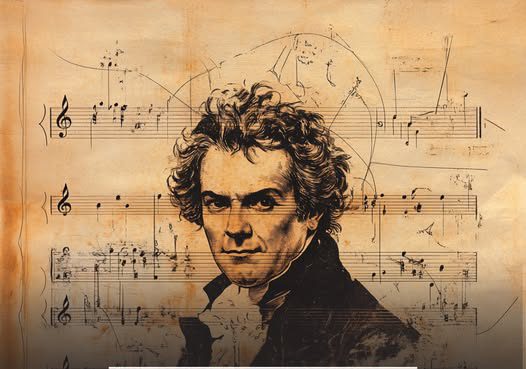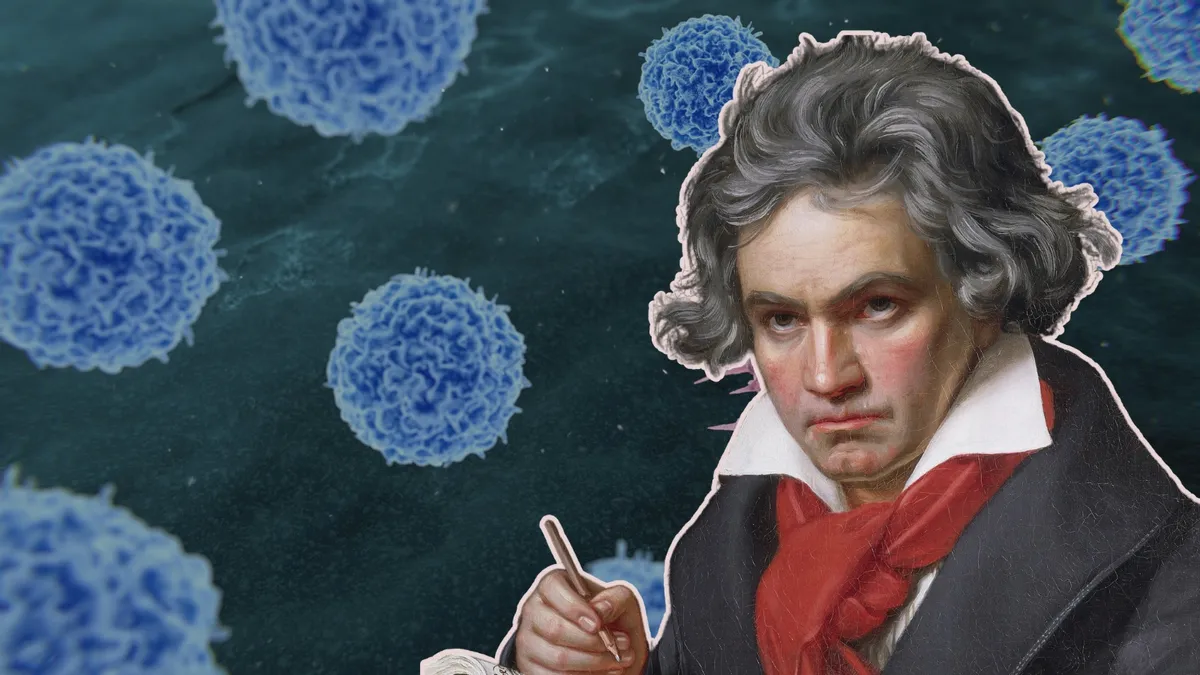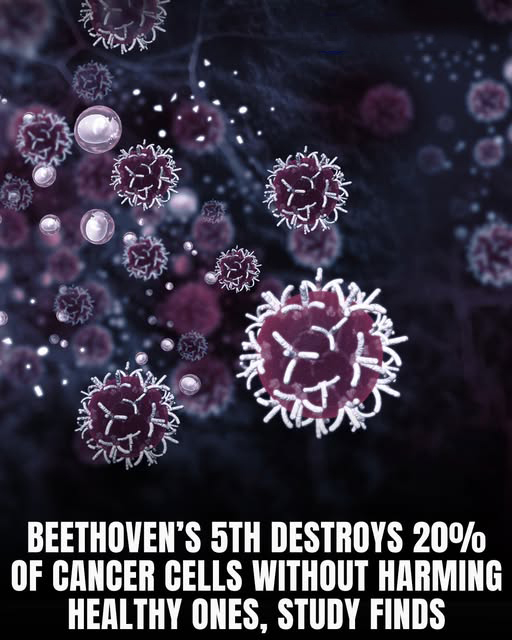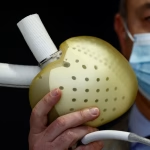Healing Harmonies: Beethoven’s Symphony Against Cancer

The idea that music could fight cancer is no longer science fiction but a promising field of study. Breakthrough research from Brazil has unlocked a fascinating new chapter, exploring music’s potential not only to move our souls but to physically impact our cells. The most surprising finding: Beethoven’s Symphony No. 5 managed to destroy a significant number of cancer cells in a petri dish.
When Classical Music Met Cancer

Led by Dr. Márcia Alves Marques Capella at the Federal University of Rio de Janeiro, scientists conducted a series of controlled experiments on cultured cancer cells. The results were astounding:
Exposure to Beethoven’s Symphony No. 5 destroyed about 20% of cancer cells over just a few days. Crucially, it did so while leaving nearby healthy cells completely unaffected.
A similar effect was observed with György Ligeti’s “Atmosphères,” though Mozart’s Sonata for Two Pianos showed no measurable impact.
These findings suggest that the anti-cancer potential may lie within the music’s specific frequency structures and rhythmic patterns, rather than the listener’s subjective emotional response.

The Scientific Mechanism: Mechanical Resonance
The core question now is: What is physically happening at the cellular level? Researchers hypothesize that the music works through a phenomenon called mechanical resonance.
Just as a specific high note can shatter a wine glass, sound waves from the music may generate precise vibrational frequencies. This theory suggests that these frequencies resonate perfectly with the distinct physical structures of the cancer cells, causing them to vibrate to the point of rupture while leaving denser, healthier cells unharmed.
Dr. Capella’s team is now expanding the study beyond classical music—testing local genres like Samba and Funk—to see if indigenous rhythms and frequencies hold any unique “healing codes.”
Potential and Crucial Caveats
While this discovery is incredibly intriguing, it must be viewed within the proper scientific context:
In Vitro Only: This research was conducted in a laboratory environment (in vitro) on cultured cells. It demonstrates an interaction, but it is not proof of a cure for cancer in humans.
Early Stages: The researchers themselves caution that these results cannot yet be extended to treat patients. Moving this concept toward a viable therapy would require extensive further research and clinical trials.
Nevertheless, this work lays the foundation for a potentially groundbreaking field. If successful, sonic therapy could one day complement traditional treatments, offering a non-invasive and non-toxic way to fight disease. Music may soon be known not just for pleasure, but for its powerful medicinal properties.











